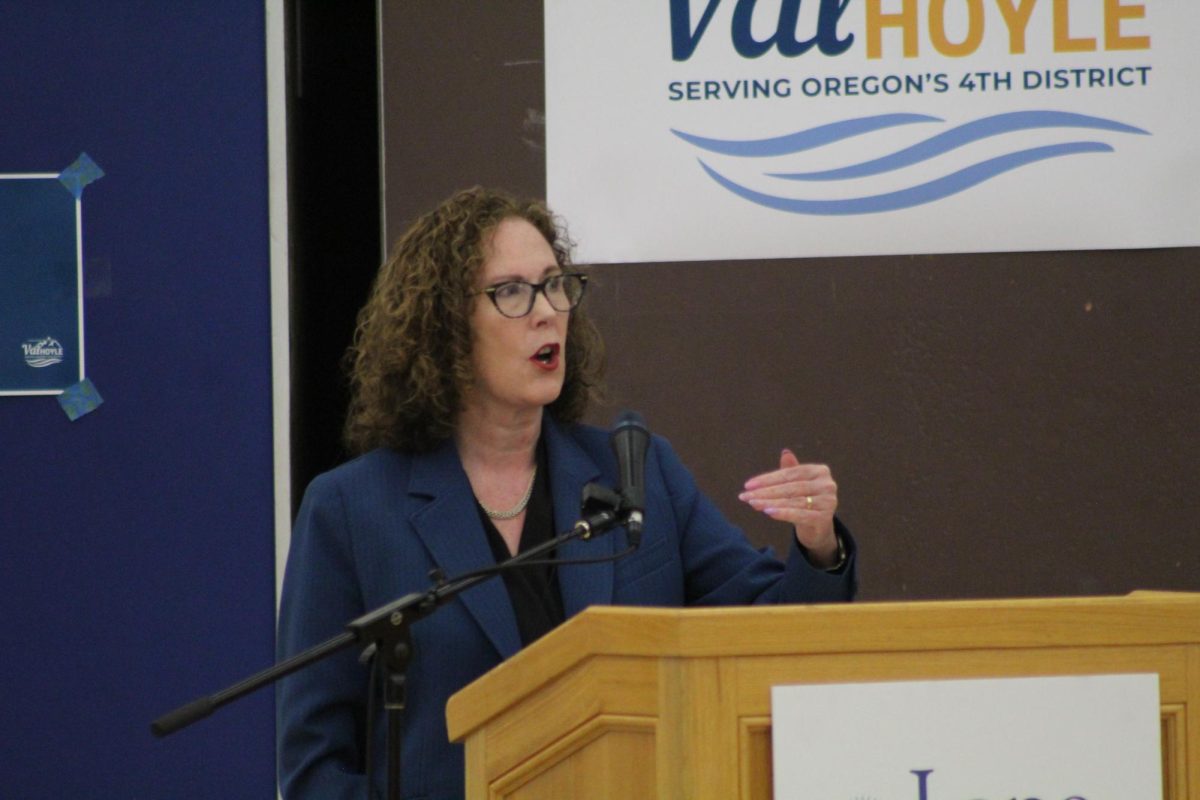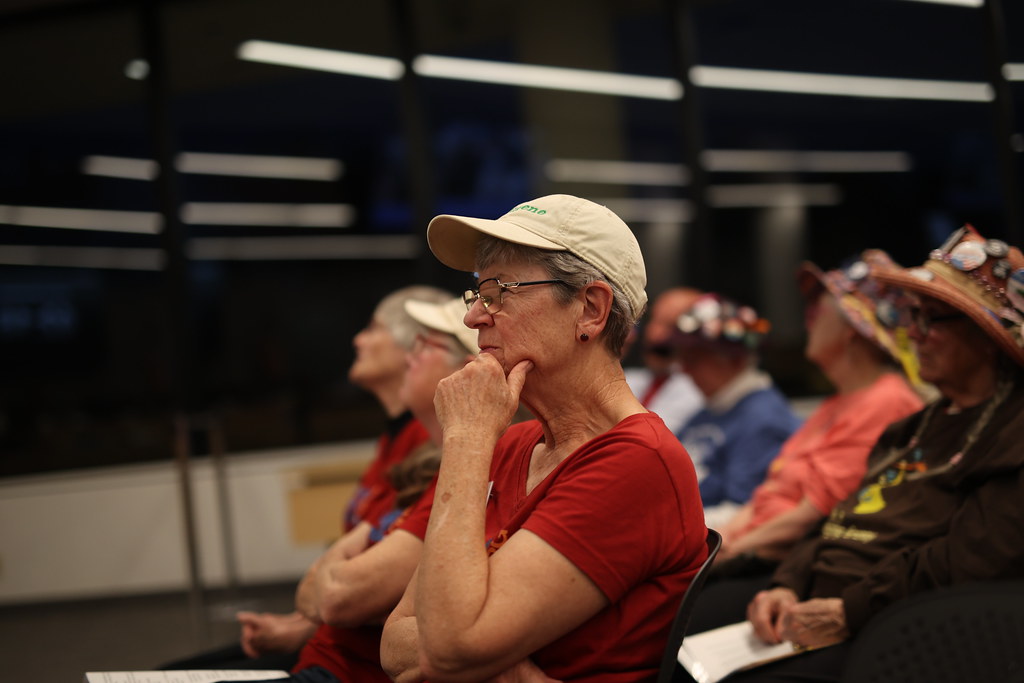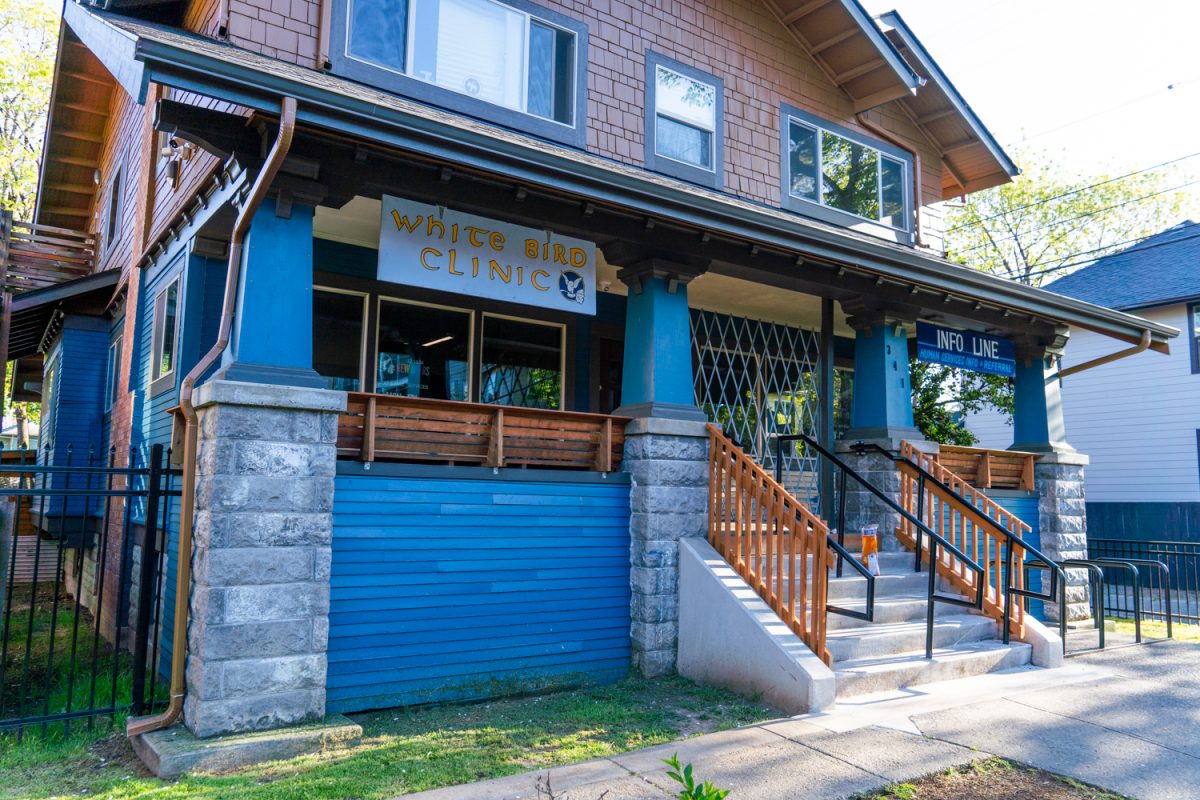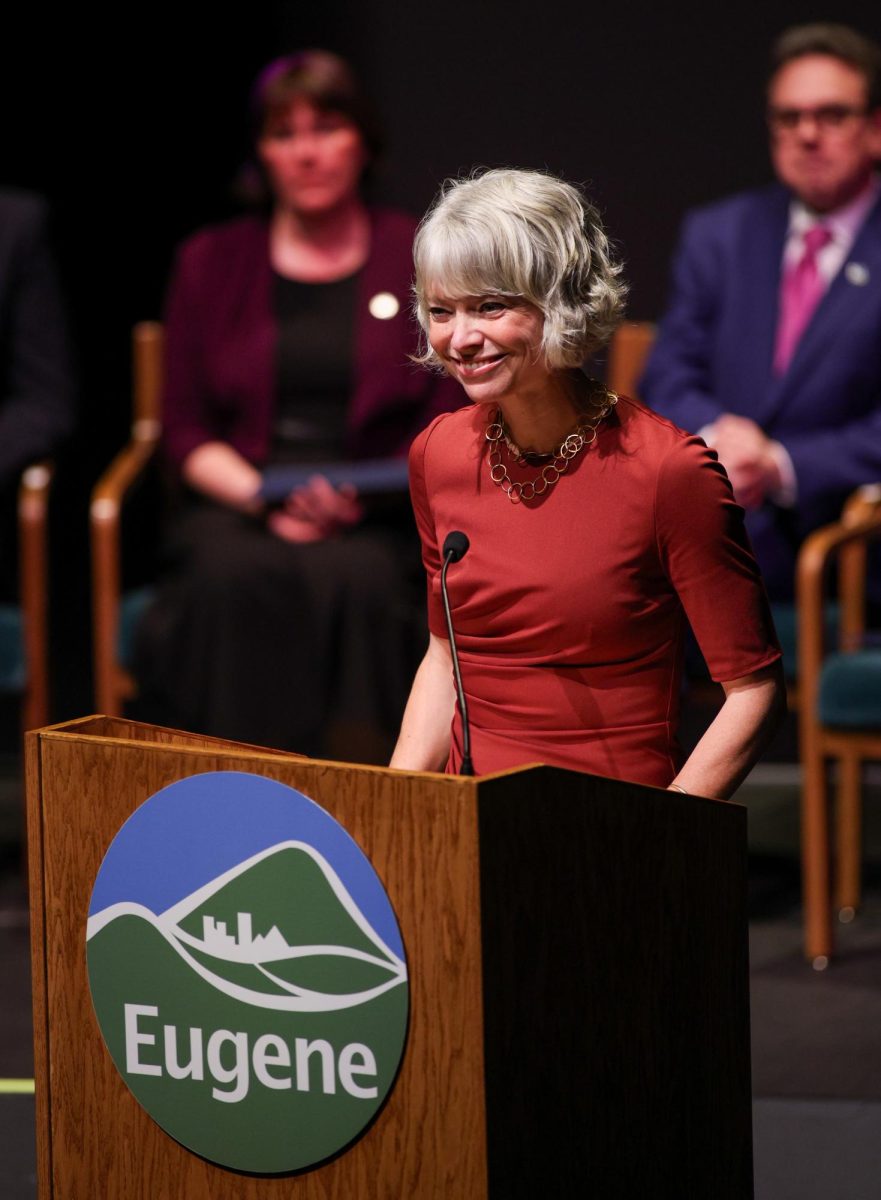Editor’s note: One of the employees that the Emerald interviewed for this story wished to remain anonymous. A pseudonym is used for them throughout this piece. In cases where employment or housing could be impacted by someone telling their story, the Emerald allows the use of anonymous sources to avoid retaliation.
UO dining employee Jenna Tapley, who asked to use a pseudonym, had to quarantine away from work for two weeks after being exposed to COVID-19 on the job last January. They said the process was fairly seamless.
“My manager was very understanding and just took me off the schedule,” they said.
According to UO’s Human Resources website, student employees should have the option to use COVID-19 leave when they are exposed to COVID-19. But now, even as the Omicron variant causes record high cases at the University of Oregon, dining employees say exposure does not equal time off. Symptoms do.
“Even on my last shift on Monday, I had a co-worker come in who was freaking out because she thought she was exposed to COVID, but she couldn’t call out of the shift,” Tapley said.
For employees in other workplaces across campus, it’s easy to take time off or work from home.
Isabella Mounsey reached out to her boss at Corona Corps last term when she was feeling a little sick, though she tested negative for COVID-19. Mounsey offered to work from home, but her bosses encouraged her to use sick time — “just take it off and just heal,” she said.
Timothy Withrow, who works at the Holden Center, said he’s never felt unsafe at work, and employees can transition to work from home without question.
“You don’t even have to ask for permission,” he said. “You just sort of work it out with whoever you’re working with.”
Both Corona Corps and the Holden Center have offered student employees the option to work remotely since the beginning of the school year. Corona Corps has shifted to entirely remote operations this term, Mounsey and Withrow said.
“I feel super lucky to have this job,” Mounsey said. “It does not seem nearly as safe [elsewhere], especially food service; it seems really intense to be working there right now.”
Tapley has worked in Global Scholars Hall’s Fresh Marketplace for three years. When they were exposed in 2021, UO was still working out the kinks in the employee isolations process. At the time, UO recommended they stay away from work for 10 days if they tested negative or 14 days if the test was inconclusive or they were experiencing symptoms, Tapley said.
Tapley was able to isolate for 14 days, which amounted to 17 hours of lost work, and never contracted COVID-19. They worked with Human Resources to receive worker’s compensation for that time, which amounted to two-thirds pay.
Because there were no isolation procedures in place at the time, Tapley had to visit three different doctors to file the appropriate employee status report form, part of the 11 step process for receiving worker’s compensation.
Koshova contracted COVID-19 in January 2021 and had to stay away from work for two weeks. She received approximately $200 from the Dean of Students’ COVID-19 quarantine fund, approximately equal to their loss of pay.
“Even in that time, we felt like it wasn’t cautious enough,” Tapley said. Comparing those protocols to this year, now “it feels like the university admin is saying, ‘If you catch it and you’re vaccinated, it won’t kill you, and therefore it doesn’t really matter if you catch it.’ I don’t think that that’s enough. I would prefer to avoid COVID as much as I can.”
Other employees who contract COVID-19 outside of the workplace can use their accumulated sick time — employees earn one hour of sick time for every 30 hours worked — or use the student quarantine fund to receive funds from the Higher Education Emergency Relief Fund, like Koshova did.
“Impacted students can apply for and receive up to $1,400 for documented hotel and food costs incurred while in quarantine or self-isolation time,” according to the UO HEERF website.
Tapley has used sick leave twice in their three years at Fresh Marketplace and now has almost 30 hours of sick leave available.
“I would say that most of the people that I work with the most — the people who are at risk — are going to be the freshmen and sophomores who live on campus,” they said. “And they are not going to have the ability to gain hours quickly enough to use them.”
Dining workers were granted 50 hours worth of pay in spring 2020, when UO shifted entirely remote and dining facilities were not in operation, Koshova said. In September 2021, UO issued 80 hours of COVID-19 leave for full-time employees to use before July 30. Part-time employees, including students do not receive 80 hours, but “receive enough pro-rated, additional paid leave to cover two weeks of work,” according to the HR website.
When managers who work full time experience symptoms of any illness, Koshova said they have taken time off with more ease than students.
“If they get sick, or they don’t want to come to work, they’ll use a headache, and they’ll be out for two weeks and they get paid,” Koshova said.
Additionally, there is a lot of work to do. Fresh Marketplace is responsible for feeding those isolating in Graduate Village, which can amount to 50 orders or more per night, and employees need to police mask wearing in the venues they serve.
“It’s been a very stressful time to work a job I personally think is very fun, and I really enjoy it and I’m good at it,” Tapley said. “But it’s not very rewarding, especially in such a dangerous time.”














